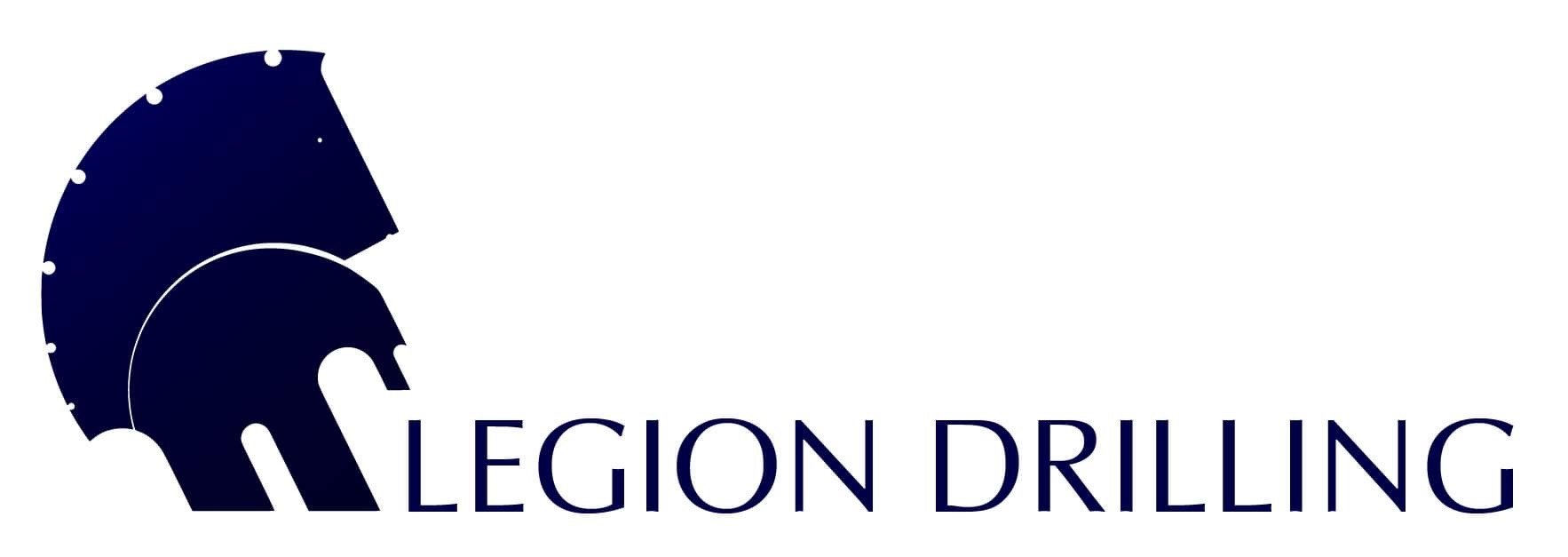Sonic is the new black
Environmental investigation on an abandoned mine site in the Northern Territory. Site was underlain with river gravels and sands making the Geoprobe 8140 sonic the most practical approach.
Numac first introduced direct push technology to Australia in2003. Initially we had very little success convincing our clients about the benefits of the technology. In desperation we resorted to sending the rig out for free just to expose client field staff to the technology. Despite a difficult start direct push sampling quickly became the industry standard for obtaining undisturbed soil samples for environmental testing. Now in 2015, "Grads" would stare at you blankly if you handed them a bucket of Decon 90, a dish washing tool and asked them to clean your spoons.
Unfortunately, as great a jump it was, direct push has some significant limitations. Firstly, reaching full depth of the investigation was often impossible. As the depth increased the friction on the rod string would halt its advance. The system will oftenrefuse on cemented sands, shale, dry clays and could not penetrate competent rock. Often the reason for refusal was unclear as the location could quickly be drilled with augers afterward. The small diameter of the Dual tube push tube system required that you a "ream" the sample location with a larger diameter auger should you wish to then install a monitoring well. Larger diameter push tube equipment such as the Geoprobe DT45 eliminates this problem but is even more difficult to push for all but the largest top drive rigs.
In early 2015 Numac introduced two new Sonic drilling rigs to our fleet. Thus far, its quite clear that limitations of direct push are well addressed by sonic sampling systems. Sonic drilling technology may now have reached a performance level will see it surpasses direct push technology as the standard in contaminated land investigations
Although both rigs have the generic"Sonic" label, in many ways they are quite different beasts. After close to 6 months in operation we are still learning the craft, but what has become quickly apparent is there is more than one way to "Sonically" skin a cat.
Rig 20 is is a Geoprobe 8140LS with a Geoprobe GV4 Sonic head and runs a drill string which is in many ways, similar to the dual-tube push tube systems that have been popular for environmental investigations since the introduction of direct push sampling rigs. These dual tube systems provide relatively undisturbed samples whilst inhibiting the potential for cross contamination as the outer casing remains in-situ during the extraction of the soil sample, thus preventing potential for cross contamination throughout the vertical profile. The main differences of the sonic tooling are power, core size and the ability to circulate fluid to the drill head much like a wire-line diamond core system.
Rig 21 is a Comacchio MC900 with a Sonic-Drill Sonicor 50K drill head. The drill string we are currently trialing here uses tooling developed by Boart Longyear which uses a conventional coring approach. In this instance the sample tube and casing are separate drill strings. In competent formations the system can be run with the sample string only, with casing being used to seal unconsolidated formations, reduce friction on the rod string at greater depths, and contain fluid circulation when required. Rig 21 is additionally fitted with a high speed conventional rotary head and an automatic SPT hammer. With a Geotechnical focus in mind this allows for diamond core drilling, SPT sampling and air rotary drilling as per project specific requirements.
At this stage we have found that each system has an advantages in particular scenarios. We are additionally trialing a number of new tooling systems and bit designs to ensure we continue to increase value of this technology to our clientele.
Overview - The Advantages
Depth Capacity - We have completed projects up to 80mbgl with continuous sample recovery. There will be no data gaps in your bore logs. Accurately locate your target zones and design and install groundwater wells with confidence in screen intervals.
Sample Size - Core sizes of 75mm to 150mm is available.
Well installation - The large diameter of the sampling systems allows for a good annular space for installation of groundwater wells and other instrumentation. No requirement of reaming sampling bores to increase annular space for quality installations.
Flexibility - Thus far (touch wood), we have not encountered a formation we could not drill or sample. Granted there are still formations that are more challenging and progress is slower but we have completed drilling projects from sands, fresh and fractured rock, landfill and silts with excellent sample recovery. Where you may be uncertain about site conditions you can have full confidence a sonic rig will be effective.
Reduced waste - Given that the diameter of drill string is only slightly larger than the diameter of the sample. waste generation in greatly reduced. This is particularly the case in situations where hollow augers may be required for the installation of wells.
Safety - No high speed rotation, no auger flights, hydraulic breakout clamps, mechanical rod handling,
Operational Considerations
Size - These rigs are large. With both machines weighing in at over 10 tons and mast heights of around 7m. Both rigs are track mounted, extremely mobile and have a very light footprint but their size may not be appropriate for very restricted sites. Support trucks are larger as well so access and storage on site must be considered.
Fluid Circulation - Depending on the formation type you may run fluid circulation for recovery of cuttings. This is more likely at greater depths and in more competent formations.
Geoprobe 8140LS Sonic in action on a remote site in the eastern NT Australia.


